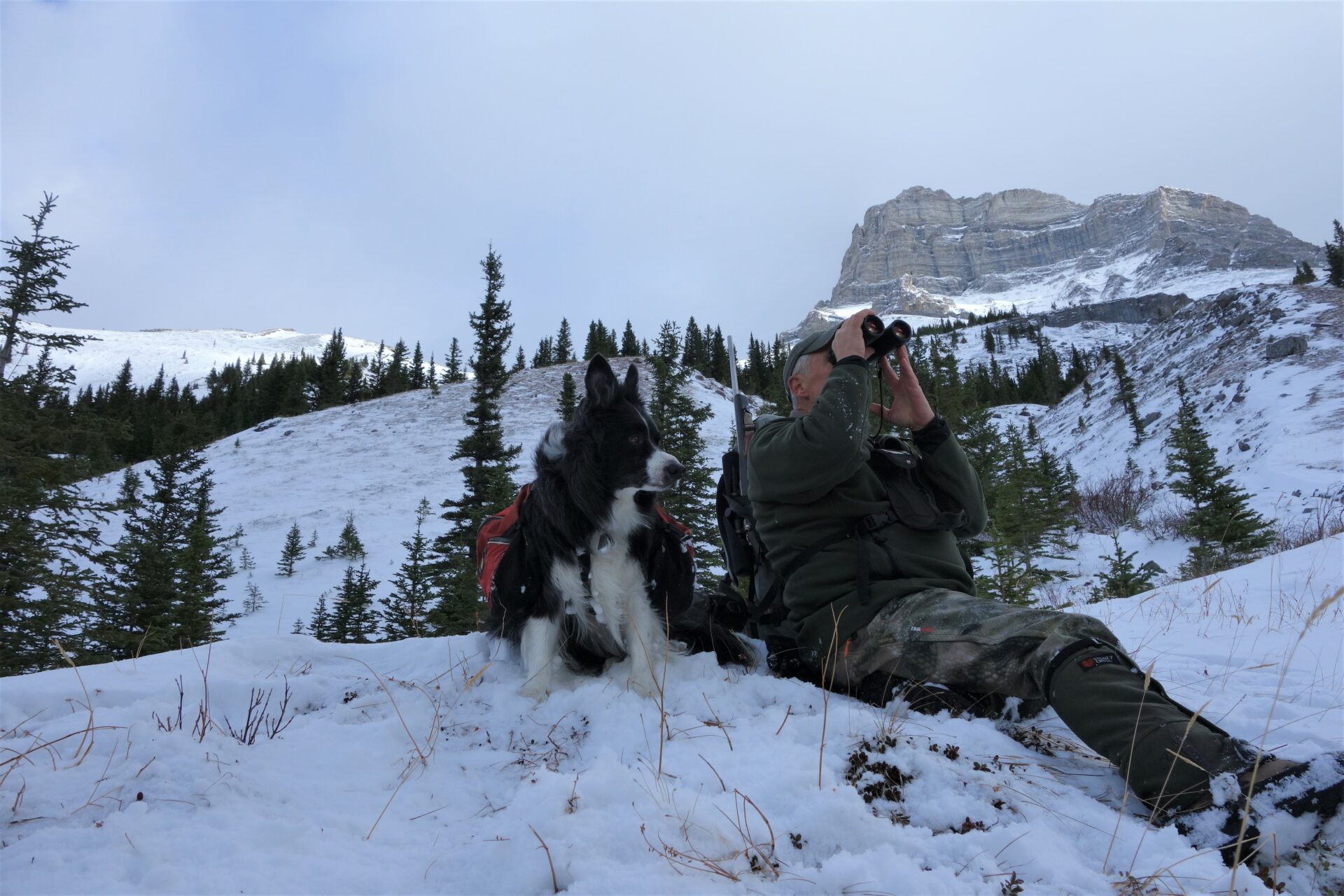You don’t know what you don’t know. I’ve kind of always believed in this mantra and am certainly open to being educated, and that was the case with pack dogs about 15 years ago. I was hunting Dall sheep in the Yukon with my buddy Paul Deuling and, of course, he brought his faithful canine companion, Molly, along. This was really my first exposure to a well-trained pack dog. Sure, I’d been in plenty of backcountry camps with dogs and had taken many dogs along on summer trips, but this was my first time with a well-trained pack dog that had a job. To say I was impressed would be an understatement. Molly was well aware she had a job and she conducted herself accordingly while we were hunting. But, she wasn’t afraid to be a cuddly companion in the evening around the fire. I quickly learned that both aspects of a pack dog really added to the hunt and I wanted in.
Advertisement
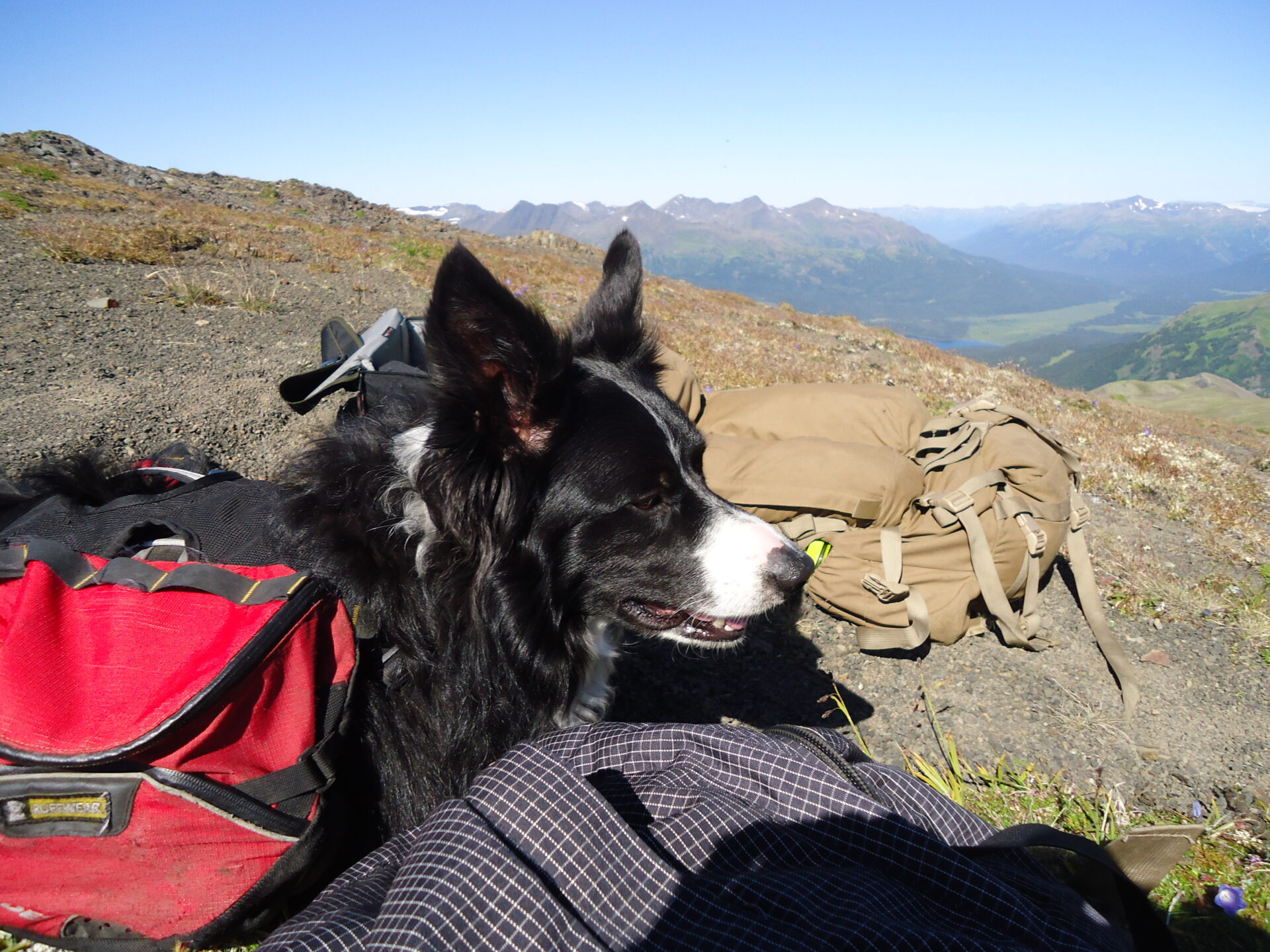
It was a few years later that I was guiding in the Yukon and I was able to catch a late flight into the lake I was to be hunting, on a smaller float plane than normal, and the client was to come in the following day on a bigger plane with the bulk of the gear. I had to be very selective about what I took with me and, of course, that included the necessary survival gear, a rifle, tent and sleeping bag, but there was also no way I was leaving Jet, my new pack dog, behind. As it turned out, as often happens on northern hunts, the weather came in that night and I was stranded for three days. While I had all the gear I needed to survive comfortably, having Jet with me was a bit of extra security and a companion.
There was one night that Jet became unusually agitated and let out a low growl. This was unusual for him and I totally respected his warning that danger loomed near. It was dead quiet outside, but I also knew that the silence betrayed that actual danger that undoubtedly lurked beyond. Jet began to settle. Whatever it was had passed. I snuggled back into my sleeping bag and rapidly fell back to sleep. I’ve said it hundreds of times, but I will repeat it again: you will never sleep better in the backcountry than you will with a well-trained dog in your tent. Both Jet and I slept late the next morning. It was another day of low ceiling and planes weren’t flying, but as I emerged from the tent, the sight of grizzly tracks, mere yards from the tent, greeted me. The combination of a clean camp and the smell of Jet had ensured the bear just walked past without even pausing. I gave Jet a good rub on his head and he gave the tracks one more sniff before continuing on with his morning ritual of running and rolling in the fresh snow.
Advertisement
Training
One of the most common questions I get about using pack dogs is what type of training they require. In truth, it’s little more than the basics of obedience. When they are puppies, it’s time to teach them to come, sit, lie down, stay and heel. Even if that’s all they learn in their first year, you are well on your way. Of all the dogs that accompany hunters, pack dogs are the ones that need to be the best trained on the basics of obedience. Until you have the fundamentals solid, don’t even consider taking your pup along on a hunt. Stay is likely the toughest one to teach, especially if you want your dog to remain in one location for extended periods, often with you out of sight. One trick that we used early on was to leave a personal item like a pack or jacket with Jet when we needed to him stay for long periods. It gave him something to stay with and by about nine months old, he would stay for hours if required.
We were on a grizzly hunt once and Jet was along, packing for us, and while he accompanied us for 90 per cent of the stalk, we felt it best if we did the last few yards on our own, due to the terrain. Jet was only about 16 months old at the time. We left my backpack on the ground and put him in a down/stay and finished the stalk without him. About 30 minutes later, Vanessa ended up shooting the bear, only 30 yards or so from where Jet was, and when we returned to him, he was dutifully lying by my pack, wagging his tail, eager to go check out what we’d shot. At that point I knew he was going to be a good dog.
Advertisement
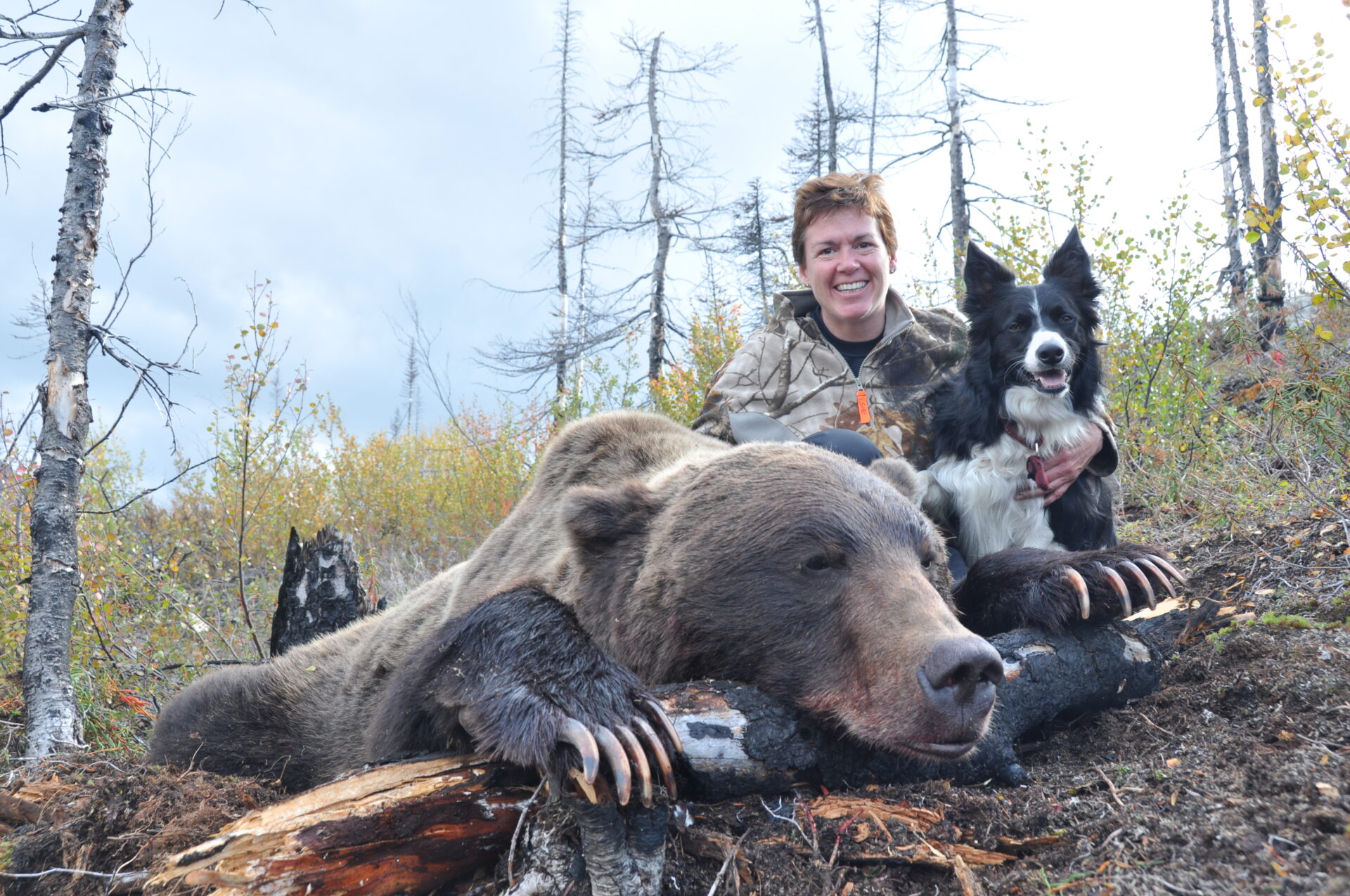
Another thing we did with Jet at an early age was to expose him to deer, elk, sheep and bears. We always had him leashed. We discouraged any type of excitement with the ungulates, but we did allow him to be more protective but not out of control with the bears. There were days we took him to well-known bighorn sheep areas and we just sat on the hillside for several hours with sheep moving freely all around us. We rewarded calm behaviour and discouraged any excited behaviour. Considering Jet is a border collie and bred to herd and we easily managed to contain his excitement, it is much easier with most other breeds. I can’t stress how important this early exposure and behaviour reinforcement is. You never want your dog chasing wildlife, but you also want them confident enough around bears that they will stand their ground. Bears are inherently afraid of dogs and the only time you are going to get in a wreck is if the dog chases the bear and loses confidence and runs back to you. If they don’t chase in the first place, there won’t be an issue, but I don’t mind a dog that will stand its ground and even growl. The best dog is one that remains in full control while still alerting you to potential danger.
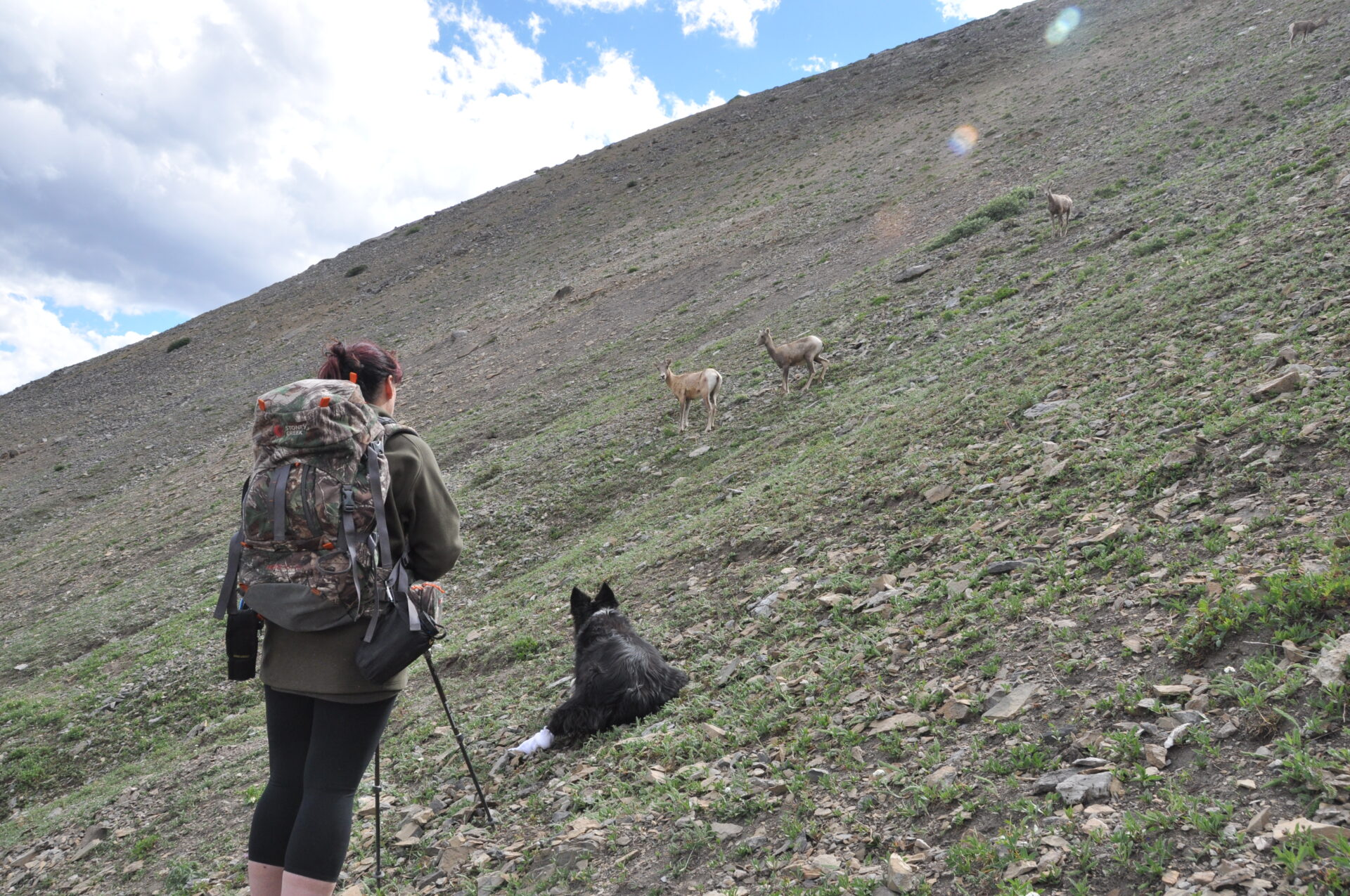
Packing
As for the actual pack training, we started with empty packs on Jet when he was about nine months old, but we never put much weight on him until he was two. Some breeds of dogs can pack a considerable amount of weight, up to 25 per cent of their body weight, but it’s important not to make them bear weight until all their bones and joints are well developed. The idea early on is to get them used to the packs, but also to associate the packs with work. We never allowed Jet to play or head off on his own when the packs were on. There was plenty of time for him to be a playful puppy, but not when the packs were on.
Once they are ready to start bearing some weight, it’s best to start light and keep building it up slowly over time. While I’ve seen some dogs pack heavy loads, the accepted standard is that they can carry about 25 per cent of their body weight for extended periods of time. Jet weighs in at just over 50 pounds, so we keep his pack weights below 15 pounds. Obviously the bigger the breed, they more they can carry.
It’s really important to keep loads perfectly balanced from side to side to not only ensure the packs ride level, but it also causes far less strain on the dog’s body. Try to avoid packing items, especially heavier ones, on top. It’s best if all the weight rides equally from side to side in the bags. Pack heavier items in the bottom of the bags and ensure that one bag doesn’t stick out further than the other side. I wouldn’t recommend packing anything fragile on your dog and use Ziploc bags to keep things dry. Also, don’t forget that packs compromise the dog’s ability to cool, so on really hot days it’s important to take lots of breaks and to take their packs off during those breaks. If you are hot with your pack on, so are they.
Gear
There are several dog pack manufacturers out there, with Hurtta, Ruffwear and Wilderness Wanderer being the most popular in Canada. All three packs offer a separate harness system that is offered in several sizes to best fit your dog and then the packs are attached via quick-release buckles. For smaller to medium-sized dogs, I prefer the Ruffwear and Hurtta packs, but if you have a large breed that’s capable of packing larger, heavier loads, then the Wilderness Wanderer is best suited. I’d consider 10-litre bags to be the minimum size required for overnight or longer trips. I like bags big enough that my dog can at minimum pack 10 days worth of his food, along with his boots, sleeping pad, and food bowl. I prefer packs that are in bright colours just so another hunter doesn’t mistake your dog for a wolf or coyote.
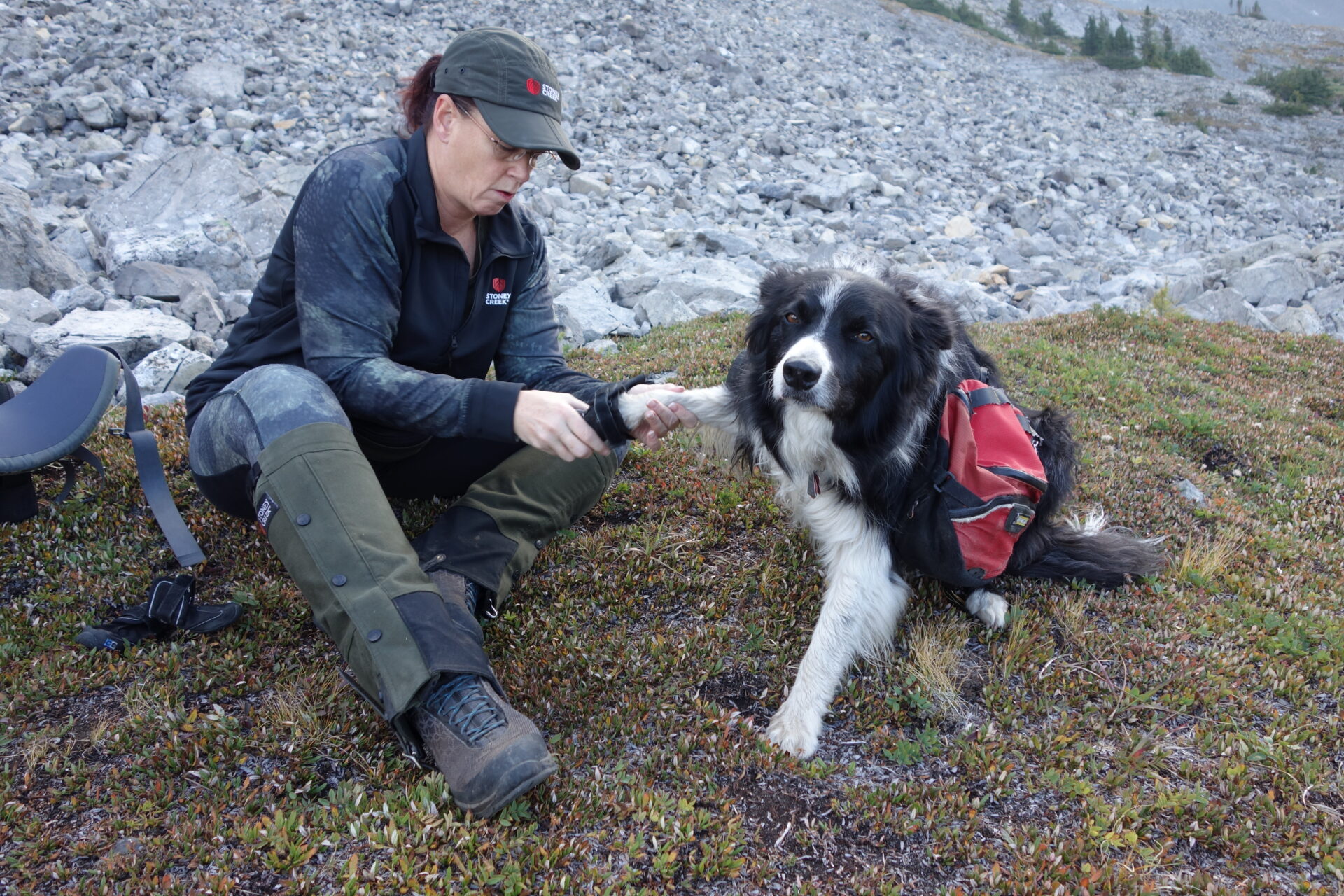
A collar with owner contact on it is a must, and in British Columbia dogs must be leashed when accompanying a big game hunter. I also include a set of dog boots. Jet has pretty tough feet, but in the really sharp rocks we use his boots to prevent him from becoming sore. It’s nice to have a collapsible dog bowl for feeding and I always ensure my dog has some sort of pad to lie on at night. A compact towel is not a bad idea either if they are sharing a tent with you. It allows you to dry them off before coming in for the night.
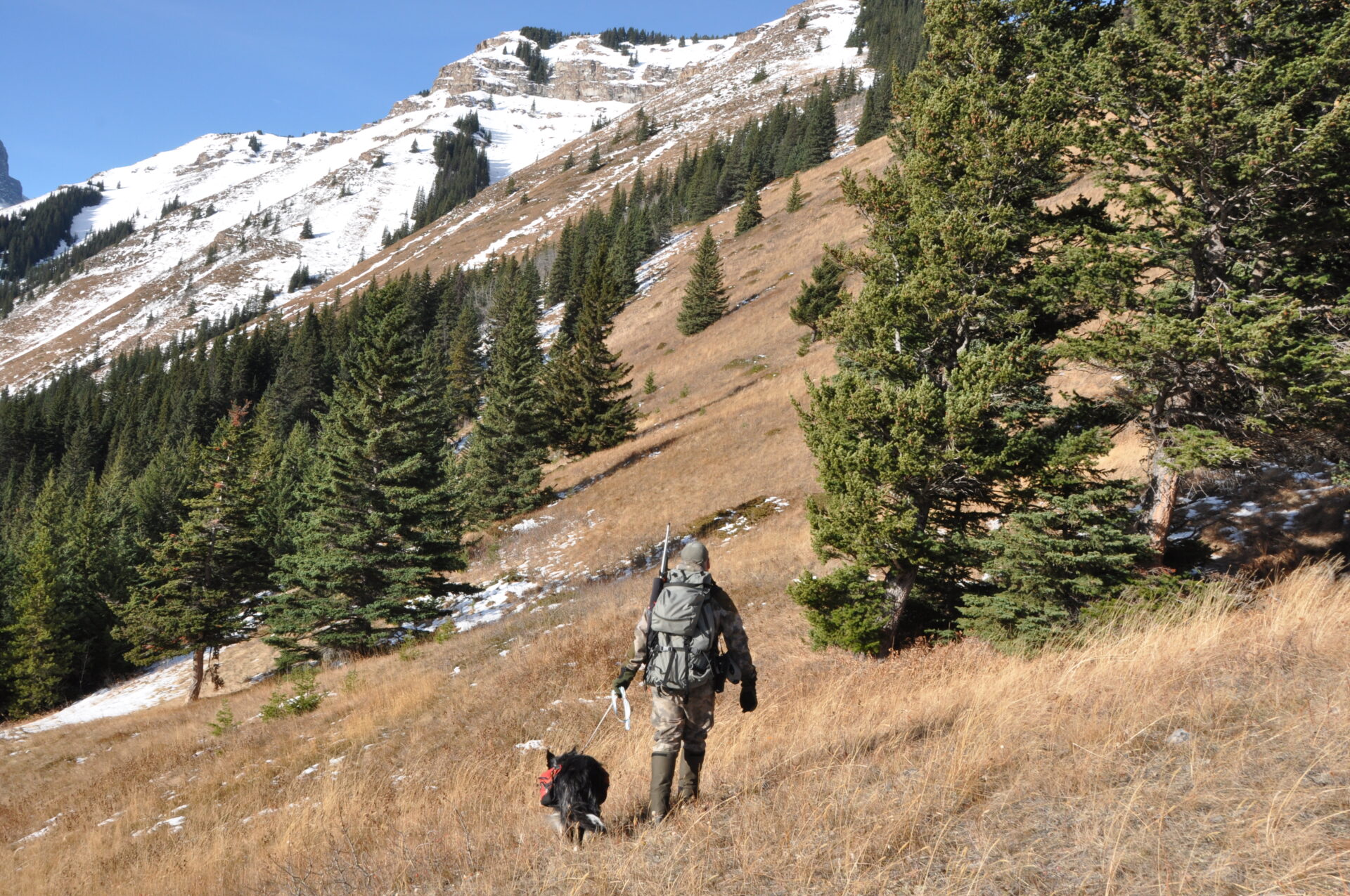
Breeds
Virtually any breed can be trained to pack, but I do see a lot of serious dog users with labs. They are typically fairly stocky in build and quite easily trained. Larger breeds are able to pack more weight, but they also require more food and take up more space in a tent. Personally, I’d say an 80-pound dog would be my upper limit, but there are people using much larger ones. If most of your packing is during the early fall when daytime temperatures are warm, I’d avoid breeds bred for cold climates as well. I’m not a breed snob at all when it comes to breeds suitable for packing and any well-trained dog will work.
There’s a lot of responsibility that comes with owning, training and using a pack dog, but I couldn’t imagine heading to the mountains without one.
